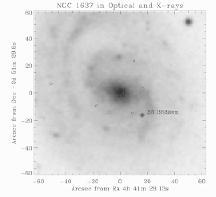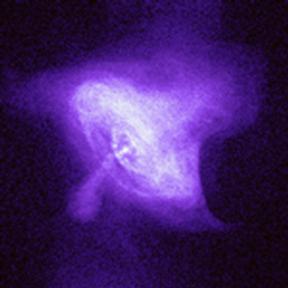B.C. Glover
bcglover@bigpond.com
7/2A Steinton Street ,
Manly .
Sydney . N.S.W. 2095 .
Australia .
These are the interior views in sunlight of the Ark . The figure in view 6 gives indication of the scale.
If you have a graphing calculator on your computer try graphing this equation z=10x/3+5y/3.
Then two equations perhaps of interest are1. z=30Q(Theta)
and 2. z=300cosQ(theta)+50sinQ(theta)
for a helix and adouble conical type of cyclone.Put first equation in range of 22.5 , second equation in range of x=135
For the Circular abstract helix .
b=50 a=300cosQ+50sinQ
z=50Q-15000sinQ/300cosQ+50sinQ+2500cosQ/300cosQ+50sinQ
placing x in the range of x=300 (gives an overallview) & assuming accelerating to y=22.5(shows actual lift or thrust).
Noting the vertical planes are where Q(Theta) increases by 2p(pye) the x and y return to their original value so the helix is continuous.
Helix reoccur in nature from DNA to Galaxies and perhaps the Universe.
bcglover Links







